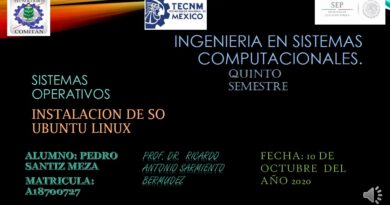Linux File Structure Basics Explained #linuxsystem #linuxforbeginners #tech #learnlinux #technology
Root Directory (/): The top-level directory in the Linux file system hierarchy.
Standard Directories:
/bin: Essential binaries (programs).
/boot: Files for booting the system.
/dev: Device files.
/etc: System configuration files.
/home: User home directories.
/lib, /lib64: Essential system libraries.
/media: Mount points for removable media.
/mnt: Temporary mount points.
/opt: Optional software packages.
/proc: Virtual filesystem providing kernel and process information.
/root: Home directory for the root user.
/run: Runtime data.
/sbin: System binaries for administration.
/srv: Site-specific data.
/sys: Virtual filesystem for kernel data.
/tmp: Temporary files.
/usr: User binaries and read-only data.
/var: Variable data like logs and spools.
by Linux Quick-Byte
linux download



